Koji Igarashi is 46 years old. Dubbed “Iga” by fans, he’s best known for his work on the Castlevania series. Nearly half his life was spent making games at Konami. Yesterday, he announced he was leaving that company, and in an exclusive interview with Kotaku, he explains why.
“I was at Konami for 24 years,” Iga told me last week. Iga was the force behind such iconic Castlevania games as Symphony of the Night, Dawn of Sorrow, and Portrait of Ruin. He even wrote the groundbreaking dating sim Tokimeki Memorial. What made Iga’s games so great was not only an understanding of his — and his team’s — strengths, but of what made the games themselves work as well as a deep appreciation of 2D action and sleek combat.
We met in a coffee shop in north Osaka. He’s nursing yet another cup of coffee, arriving early this morning from Tokyo. He didn’t bring his signature accoutrements — such as a whip and cowboy hat — that he’d often have at interviews to promote Castlevania. He didn’t need them to stick out: his tall, lanky frame towered over everyone else in the cafe.
“Twenty two of those years, I made core video games,” Iga continued. “For two of them, I made social games.”
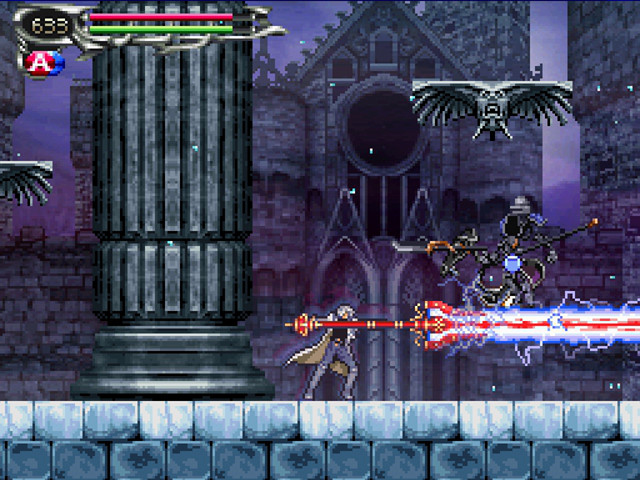
I remembered hearing a rumour that Iga was working on Konami’s social games, which were increasingly profitable for the company. Iga didn’t think this was necessarily a bad thing. “I don’t dislike social games,” he said, adding that he requested to be shifted into the social games section. With social games being incredibly popular in Japan and seeming to eclipse traditional games, Iga thought there was something he could learn and that social games would be a good platform for quirky, unusual titles.
And since social games are so profitable in Japan, the industry is focusing on them. “I think there will be even more of a shift towards social games in Japan,” said Iga, putting down his cup of coffee. “And at Konami as well.”
But if he didn’t hate social games, why leave Konami?
“I keep getting messages from fans, via Facebook and such, telling me that they wanted me to make consumer games,” he said. “The people who like my games tend to play traditional video games.” Those messages struck a nerve, it seems. “I’m in my mid-forties. If I don’t strike out on my own now, then when will I? The voices of those fans will just get softer and softer over time.” Iga thought this was the best timing to make his own road. “I’m not getting any younger, and there are games I still want to make.”
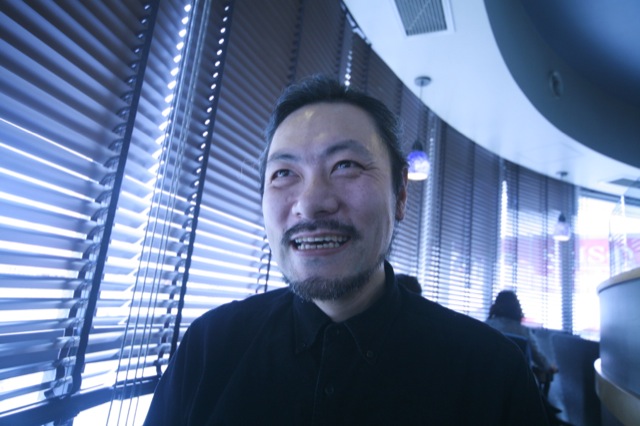
In 2010, Konami released Castlevania: Lords of Shadow. It was a new take on the franchise, and Konami farmed out development to a Spanish group, Mercury Steam. Iga, however, was not in charge of the franchise.
In an interview at the time, Mercury Steam’s Dave Cox told Edge, “We needed to make a change, so we did. The Castlevania series wasn’t going anywhere, sales were dwindling and it was appealing only to a very small, hardcore fanbase. That’s how franchises die… We have to take these risks if Castlevania is to survive, otherwise it’s just going to be like Mega Man.”
Today, gamers might wonder, what’s wrong with being like Mega Man? But, like with many long-running franchises, game companies look for ways to, in their view, revitalize franchises. Whether fans want that, or if they are even necessary, is another matter entirely. But changing 2D games to 3D ends up being low-hanging fruit.
I asked Iga why he wasn’t in charge of Lords of Shadow. “We made two 3D Castlevania games,” he said. “And to be honest, they didn’t turn out so well. Mercury Steam is very skilled at creating beautiful 3D images, so they were brought in to develop the game.”
In 2010, Konami didn’t quite yet have its own game engine that could handle Castlevania. Remember, this was years before the Fox Engine.
“Couldn’t you still have been in charge?” I asked.
“It would have been difficult, with them in Europe and me in Japan,” he said. “And since the quality for our 3D Castlevania games wasn’t that high, it wasn’t really our place to tell them how to do one. They had that expertise.”
It’s an uncomfortable line of questioning, I know. Iga didn’t just make Castlevania games, he was their biggest cheerleader and biggest fan. He lived, breathed, and ate Castlevania. Iga embraced a game series like few creators do. To pass that on must have been difficult.
There’s a jazz song playing that I should know, but don’t. I check the voice recorder and asked him what he thought of the new Castlevania games. “Looking from the outside, I think they did a good job,” Iga said. “But for many fans, they automatically think 2D when they hear Castlevania. So there’s that to overcome.”
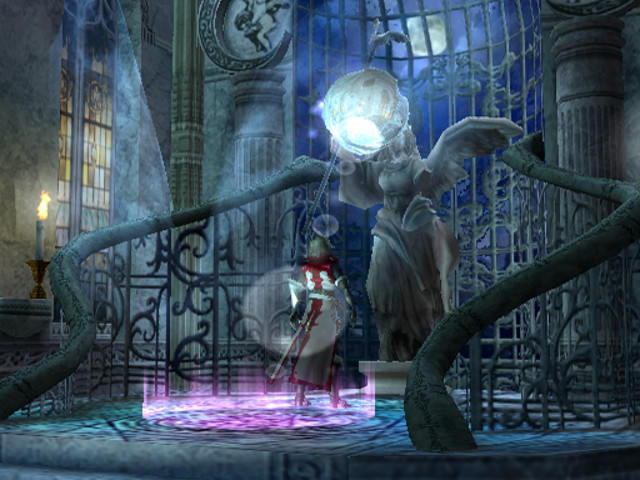
“When we did our 3D versions, many fans said they preferred 2D. So because of that, it might be difficult to make 3D Castlevania games.”
“Were you depressed when you were no longer in charge of Castlevania?” I asked.
“Yes, of course, I was depressed,” he replied, grinning. “But, I am a huge Castlevania fan. I want there to be Castlevania games for the next one hundred years. I want them to continue making those games.”
“Were you bitter?” I asked.
“Certainly not. I didn’t create the franchise. It was something I worked on.”
“But you made it your own.”
“Well, this is the next phase of Castlevania,” said Iga. “I have a lot to be grateful for because of Castlevania.”
There isn’t a trace of bitterness in Iga. He’s upbeat, jovial, and incredibly humble — even by Japanese standards of humility. You’d talk to him about the games at Konami, whether that’s Portrait of Ruin, Symphony of the Night, or even that odd Castlevania fighting game, and his eyes would light up. He’d become incredibly animated. He’s excited to talk about the games he’s made — be that the successes or the failures — as well as his plans for the future.
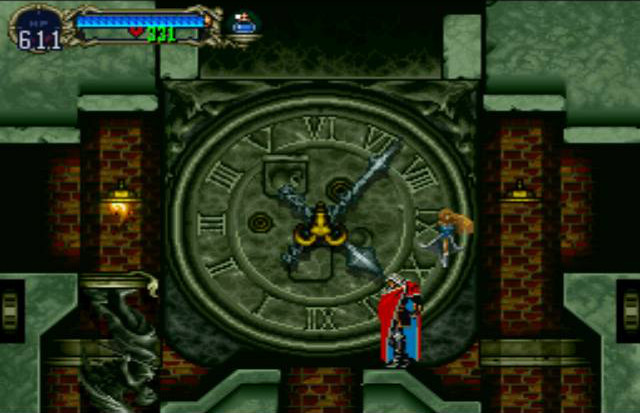
“I was really inspired by the reaction that Keiji Inafune got with Mighty No. 9,” said Iga. “It showed me that if you have the fans, you can provide them the games they want.”
“Are you going to do a Kickstarter?” I asked.
“That’s an option,” Iga said, taking a sip of coffee. “There are many options, such as venture capital.”
“What kind of game are you going to make?”
“I want to make games that people like, and that I’m good at,” Iga replied.
“So 2D action?”
“I haven’t decided yet, but maybe 2D,” he said, smiling.
The traditional corporate entity is a long-standing pillar in Japan. While lifetime employment is no longer the norm, there are plenty of salarymen and salarywomen who spend their entire lives at one firm. But, things like Kickstarter, digital distribution, and a stronger awareness and appreciation of indie games is freeing Japanese developers like never before. There are other options. They don’t have to work for an enormous company. They can make their own small studio and their own games.
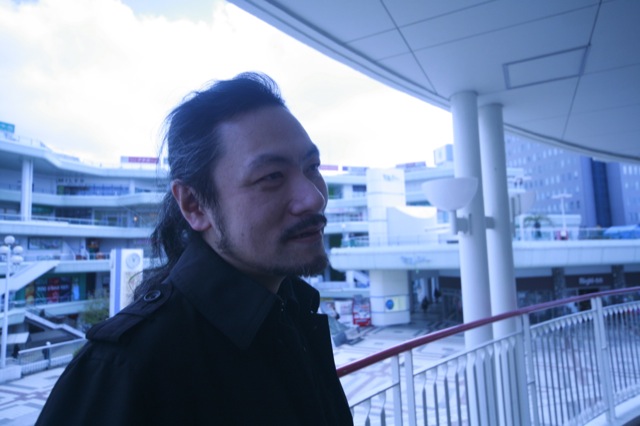
In the U.S. or Europe, it’s not a huge deal if someone leaves a company. The tradition of strong corporate fealty has subsided. Yet, it is a big deal in Japan. Then again, after 24 years, it would be a big deal anywhere.
“You have to be pretty brave to leave a big company like Konami,” I said. “Was your family against it?”
“Once I made the decision, they fully supported me,” Iga said.
“I don’t think my family would,” I replied, thinking of my wife and two — soon, three — kids.
“Well,” he said, pausing momentarily. “I guess I could always get a job somewhere if I have to.”
Don’t worry, Iga. Something tells me that won’t be necessary.
Symphony of the Night Screenshot: GameFAQs
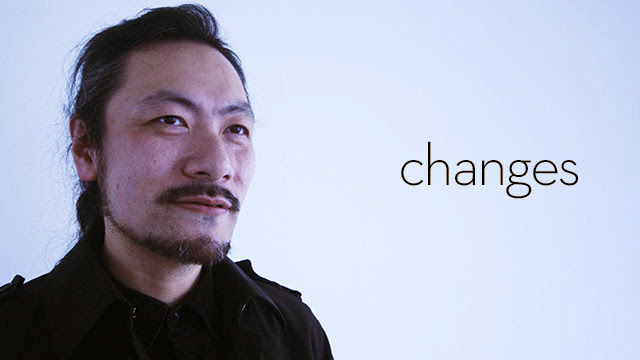
Comments
4 responses to “The Challenge Of Leaving Castlevania (and Konami) Behind”
100 bucks he will announce a kickstarter to make his own Castlevania clone ala Mighty No. 9
And i would gladly put $100 towards that Kickstarter. 🙂
Wow, Bashcraft done good.
Good read. Never heard anything from him since mercury steam took over CV. Glad he’s finally out come out of the woodwork.